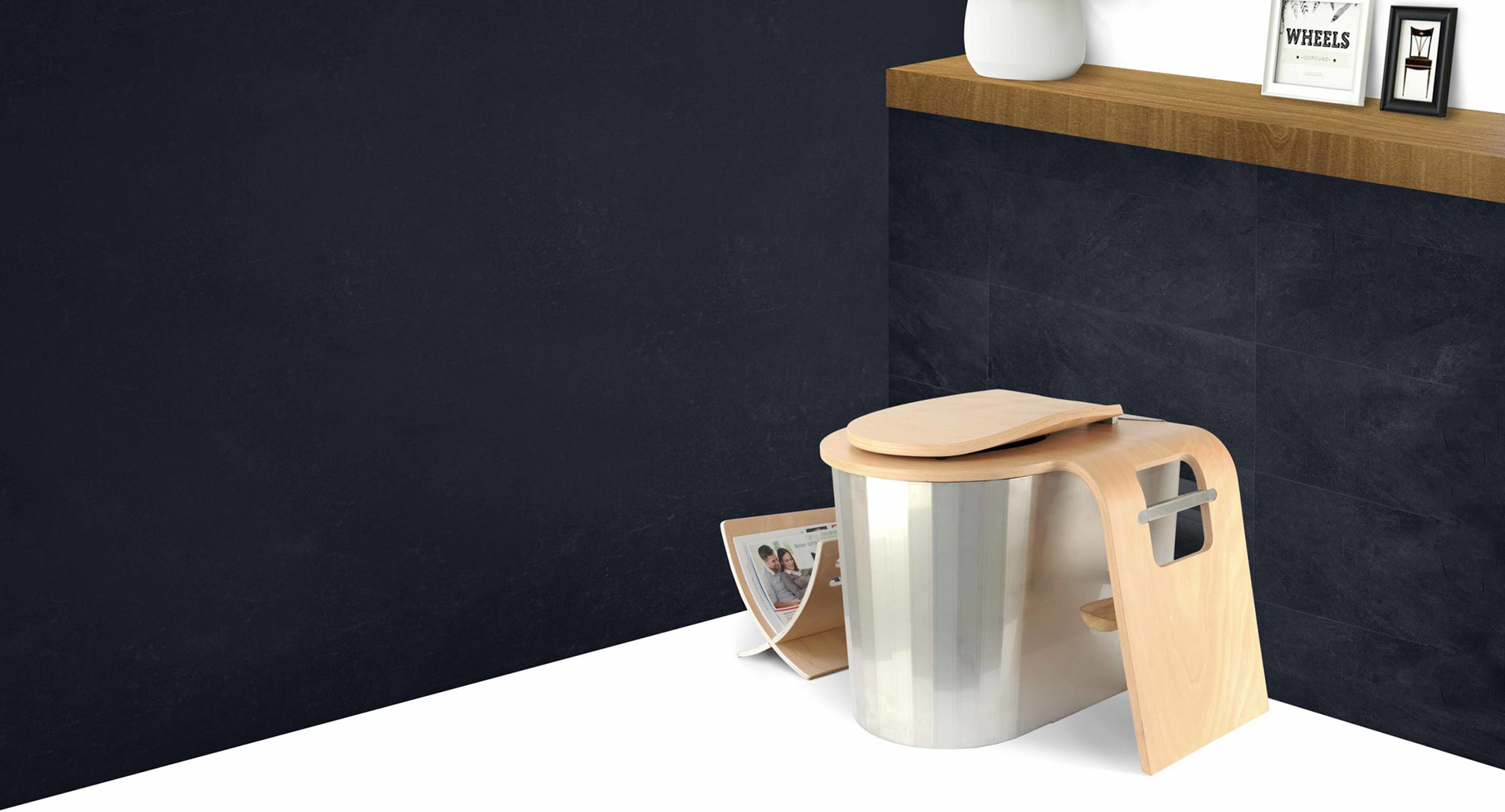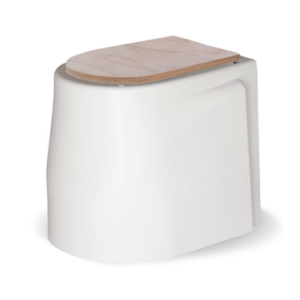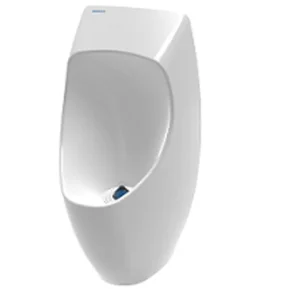March 7, 2025
A dry separation toilet is a self-contained composting toilet that separates solid and liquid human waste. There are different types of dry toilets, for example conveyor belt toilets. These toilets do not require a connection to the water or sewage network. The recycled waste from dry toilets is not harmful to the environment and can therefore be disposed of in landfill or buried in the ground.
How much maintenance is required for the dry toilets?
The compost room must be checked every few weeks. If there is not enough humidity, the compost pile may need to be watered. The scrapers under the conveyor belts must be cleared of paper residues.
How often do the compost piles need to be turned?
In mountain huts, the compost piles should be turned at the end of the summer or winter season, i.e. a maximum of twice a year. Reference example: In the Grialetschhütte, with 6,000 overnight stays per year, there are 2 turning sessions per year.
How much time is required for turning the compost piles?
Approx. 2 to 4 hours, depending on the size of the hut.
Is a mask required for the turning?
A mask is not necessary. Fresh air is drawn in from the toilet room through the air extractor, so unpleasant odours are kept to a minimum. Rubber boots, gloves and work overalls are recommended.
What should be considered when building the compost room?
It is important that direct access to the room is possible from both outside and inside the hut. The doors must be airtight. The room must be fitted with a waterproof coating. A floor drain must be installed to drain excess liquid. Please contact Vuna for further planning details.
Does the compost room need to be heated?
The ideal temperature for the worms is between 5 and 25°C. Below this, they become very slow to inactive. Inside the compost heap, they can also survive low outside temperatures. The worm eggs can even freeze and hatch again in spring when temperatures rise. If surplus energy is available in the hut, a heater can be installed in the compost room to keep composting going in winter.
The worms don’t receive any “food” during the unserviced period, how do they survive?
The composting process takes a certain amount of time so that the worms have enough food even over an 8-month winter break. At lower temperatures, the worms also become slower and therefore need less food.
Is there any experience with vermicomposting above 2,600 m?
Until now, the highest hut with vermicomposting facilities was at 2600 m. New dry toilets were installed at the Blüemlisalphütte at 2840 m in October 2023. In the Albert Heim hut at 2500 m, worms were observed in the wild behind the old outhouses. The worms have colonised naturally and survive the winter in the snow and cold.
Who services the dry toilets?
Vuna GmbH offers a complete service in Switzerland for Ecodomeo and Sanisphère dry toilets with conveyor belts. We recommend a service every 3 to 5 years of operation to keep the system in perfect condition.
Can food leftovers be added to the compost room?
We do not recommend adding food scraps to the compost bin, as these attract fruit flies, which are too small to be held back by the fly trap.
What quantity of compost will be harvested?
The quantities of compost depend on the number of overnight stays. The volume and mass of faeces and toilet paper are degraded to 80-90%.
Reference example: In the Claridenhütte, with approx. 2,000 overnight stays per season, almost 2 wheelbarrow loads of compost were removed after 5 years.
Recommended products
-
Ecodomeo - Néodyme
CHF 3’710.00 -
Ecodomeo - Zircone
CHF 3’810.00 -
Marcelle – Female Urinal
CHF 690.00 -
Urimat eco
CHF 690.00





